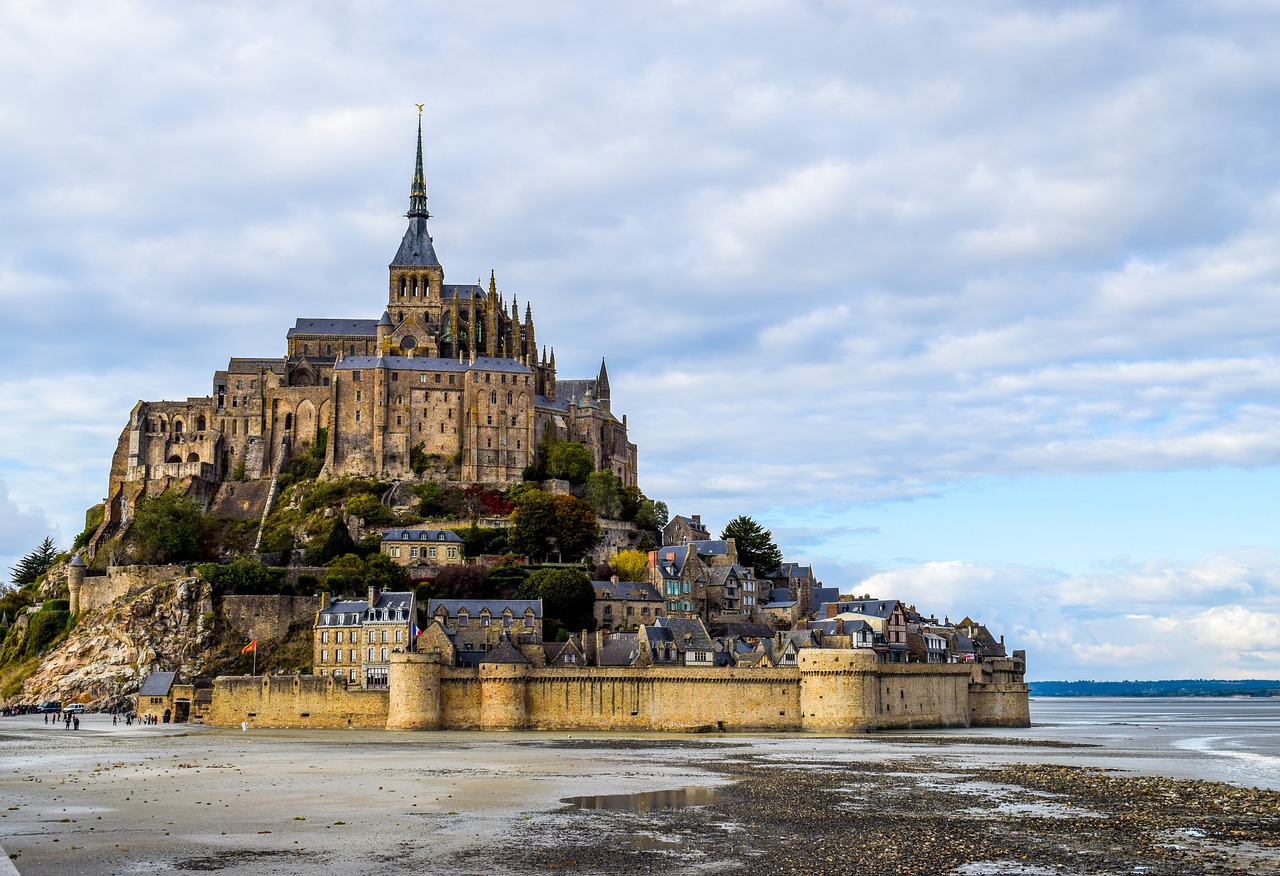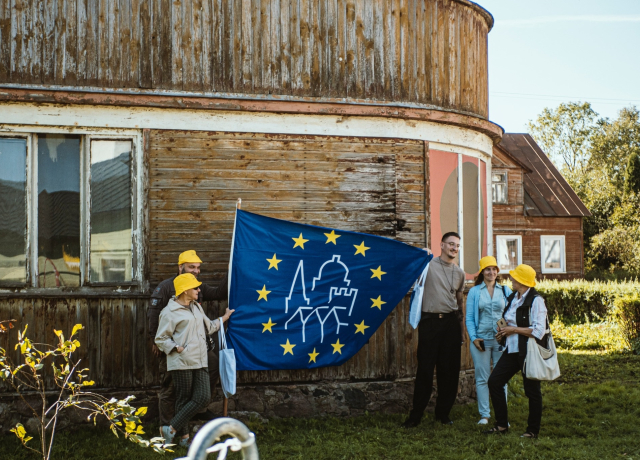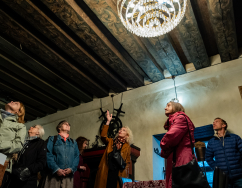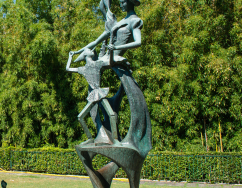European Heritage Days Article:
Fostering Cultural Collaboration: How International Organisations Unite Cities and Towns
European Heritage Days Article:
Fostering Cultural Collaboration: How International Organisations Unite Cities and Towns
Photo: European Heritage Days in Žagarė, Lithuania 2023
Cultivating Friendships Through Town-Twinning Programmes
As part of this year's theme, organisers are encouraged to highlight connections between their towns and cities through town-twinning and sister city programmes that have created networks across the globe. The Council of European Municipalities and Regions' town-twinning programme, for example, has fostered connections across Europe for over 70 years. Established after the Second World War, it aimed to forge closer ties of friendship in the spirit of peace and cooperation. These exchanges have led to collaborations spanning art and culture, local public services, and beyond.
To incorporate these ideas into events, organisers could create exhibitions exploring the historical connections behind town-twinning relationships, or showcase projects developed through these partnerships, such as exchange visits. Contacting local history societies can help uncover stories and documentation, while planning joint events with twinned towns can reinforce the importance of these partnerships. Another option is to consider developing a submission for the European Commission's annual Call for Proposals on Town-Twinning and Networks of Towns, which provides funds for projects promoting cooperation and exchange between transnational municipalities.
Networking Places Through Artistic Heritage
Highlighting connections across Europe is another way to approach the "Routes, Networks, and Connections" theme. Our recent article on Europe's artistic legacy provides examples of how events can showcase cultural heritage and international influences in art, architecture, literature, and music. Additionally, the UNESCO Creative Cities Network, connecting around 300 cities worldwide, offers opportunities for collaboration on sustainable and inclusive development through cultural and creative projects.
Cities can join the network across different creative fields: Thessaloniki for gastronomy, Leiria for music, Utrecht for literature, and Gdynia for film. The network promotes peer learning and joint action between residents, public authorities, and the private sector, fostering innovative solutions for urban development. It also offers a starting point for researching thematic connections or planning routes that guide visitors through venues, organisations, or public art works demonstrating cultural links within a specific city.

Collaborating to Protect Historic Places
This year's brochure highlights organisations that connect places with unique historic features. For instance, European Walled Towns promotes the interests of historic walled towns and fortified cities, with over 180 members including Dubrovnik, Mont Saint-Michel, and York. By bringing together heritage and planning professionals, and encouraging friendships between communities, the organisation aims to maintain and strengthen these places for future generations. Organisers can draw inspiration from this to create walking routes tracing historic city walls.
Another key network is the Organisation of World Heritage Cities, which promotes cooperation between mayors of cities with UNESCO World Heritage Sites. Connecting over 200 cities worldwide, it aims to protect heritage sites and promote sustainable development through knowledge-sharing platforms. Initiatives such as the Solidarity Day of World Heritage Cities or the World Heritage School Twinning Programme offer ideas for European Heritage Days programmes, highlighting both the privilege and responsibility of preserving important heritage sites.
For more resources on partnerships and activities, consult this year's "Routes, Networks, and Connections" brochure.


